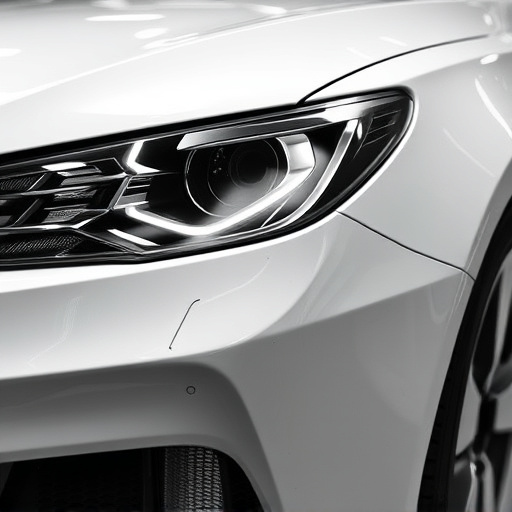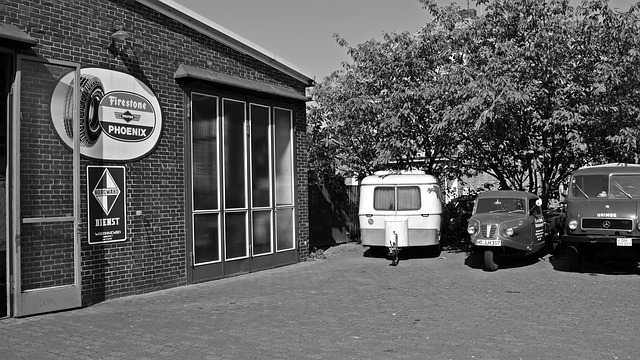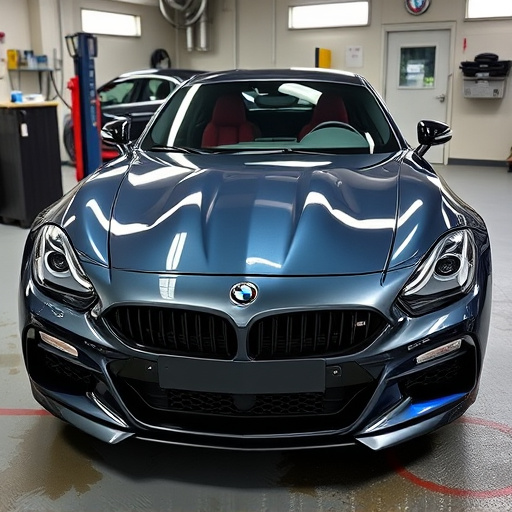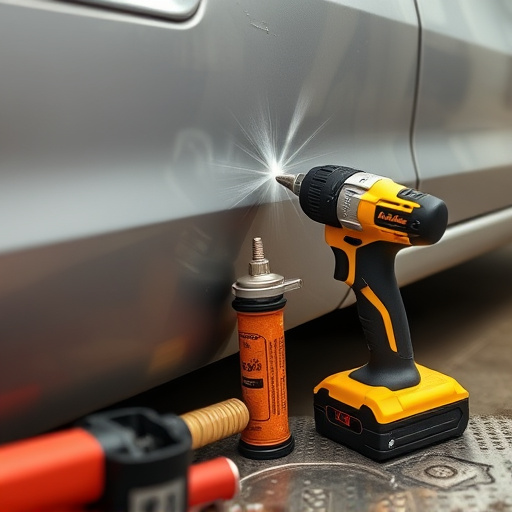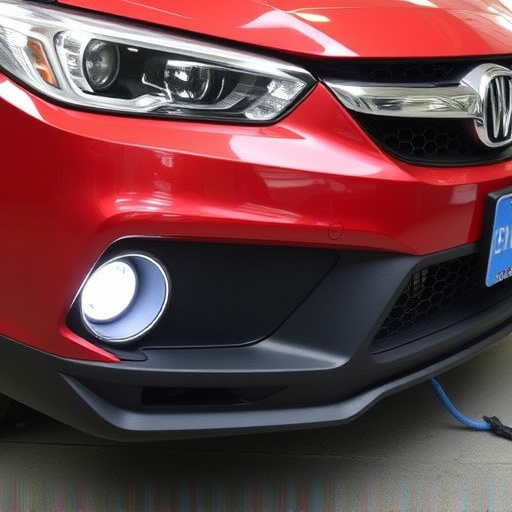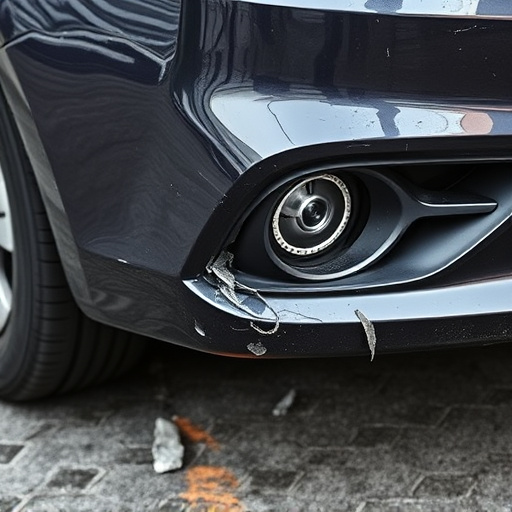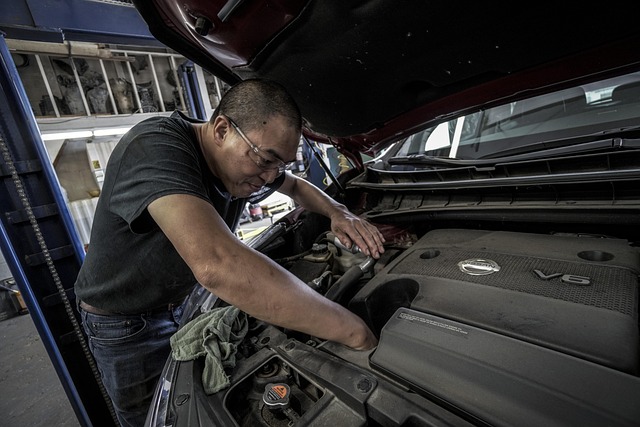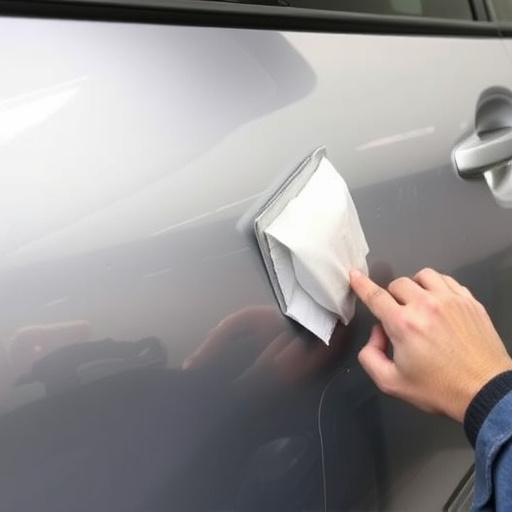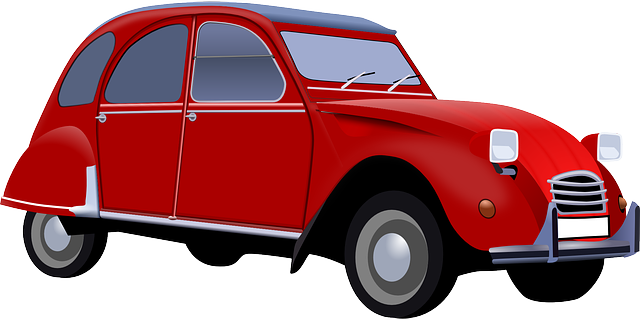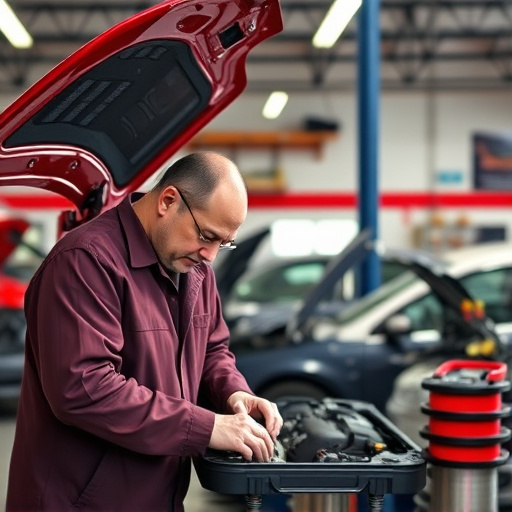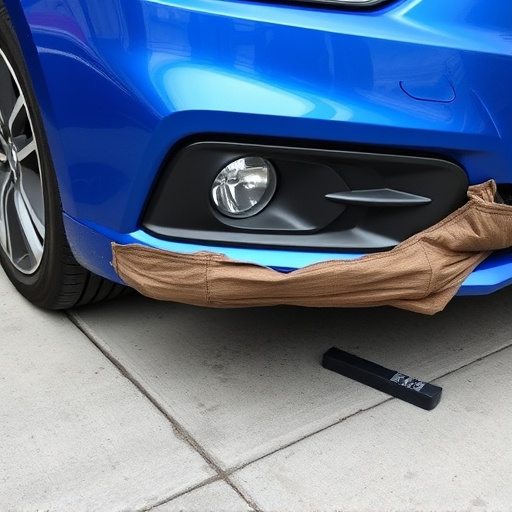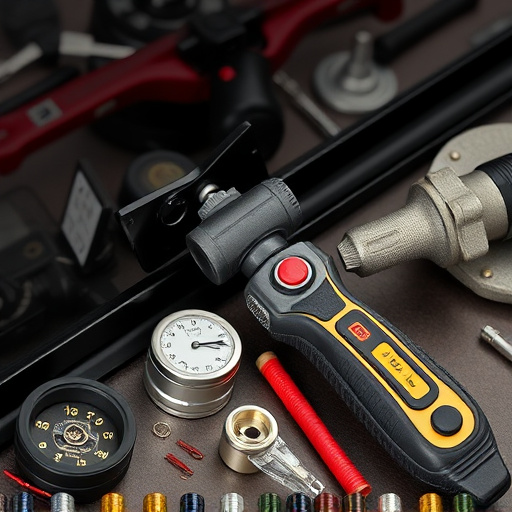Engine mounts, vital for crash stability and isolation, absorb impact forces, minimizing engine damage and structural harm. Damage, like cracks or breaks, requires evaluation by professionals who use advanced materials for replacement, ensuring improved safety, handling, and performance. Prompt repair is crucial to prevent compromised structural integrity and potential component failures after collisions.
Engine mounts are critical components ensuring vehicle stability during collisions. This article delves into their crucial role, exploring the basic function and design of these unassuming heroes in our cars’ undercarries. We’ll dissect how they absorb impact forces, protecting passengers and reducing crash damage. Recognizing signs of engine mount collision damage is paramount for safety, highlighting potential risks and offering guidance on evaluation for both professionals and cautious drivers alike.
- Understanding Engine Mounts: Their Basic Function and Design
- Impact of Collision: How Engine Mounts Absorb Force
- Evaluating Damage: Recognizing Signs and Potential Risks
Understanding Engine Mounts: Their Basic Function and Design
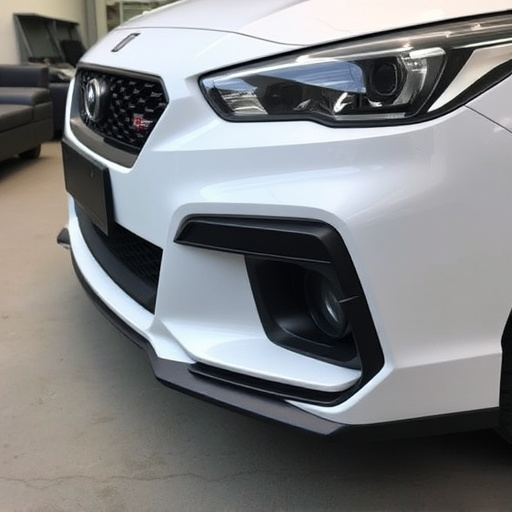
Engine mounts are critical components in any vehicle’s structure, playing a fundamental role in maintaining crash stability. These components securely attach the engine to the chassis, transmitting its weight and forces during operation. Their basic function is to isolate the engine from the rest of the vehicle, minimizing the transfer of vibrations and shock loads. This not only enhances passenger comfort but also prevents catastrophic collision damage by ensuring that the engine remains stably in place under all conditions.
In terms of design, engine mounts typically consist of bushings or isolators made from materials like rubber or polymer composites. These soft components absorb and dissipate energy during an impact, preventing excessive movement of the engine. This shock absorption is crucial for reducing the risk of severe collision damage to both the engine itself and other structural elements of the vehicle. Effectively designed engine mounts can significantly improve a car’s overall stability and safety, with their importance becoming even more pronounced in the event of a collision or accident, where they act as a vital defense against potential car paint repair or more extensive collision damage repair needs.
Impact of Collision: How Engine Mounts Absorb Force
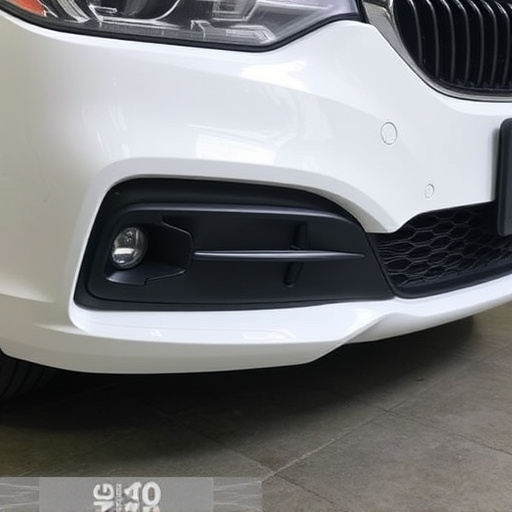
In a vehicle crash, the force of impact can be immense and is often transmitted directly to the engine and its components. Engine mounts play a critical role in absorbing and distributing this force, preventing catastrophic damage to both the engine and the vehicle’s structural integrity. These mounting systems are designed to withstand significant deformation without failure, thereby minimizing the risk of engine displacement or even complete detachment during a collision.
The impact of a collision can cause various types of damage, including cracked or broken mounts. Fortunately, modern engine mounts are engineered with advanced materials and designs that facilitate repair or replacement, making it possible to restore a vehicle’s safety and performance. Unlike in the past when repairs were more complex, contemporary car collision repair techniques often involve replacing individual mounts, ensuring better overall crash stability and facilitating the process of classic car restoration for vintage vehicles.
Evaluating Damage: Recognizing Signs and Potential Risks
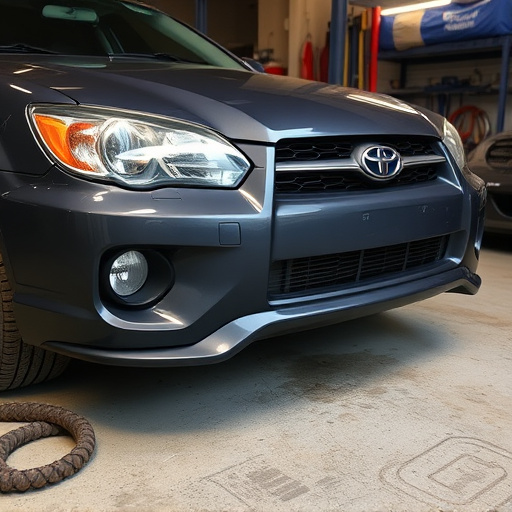
When a vehicle experiences a collision, evaluating damage is crucial for assessing crash stability and safety. One critical component to inspect during this process is the engine mount. Engine mounts are designed to secure the engine in place while allowing for some movement, ensuring smooth power transmission. However, in a collision, these mounts can suffer significant damage that may not be immediately apparent.
Recognizing signs of engine mount collision damage is essential for several reasons. First, a damaged engine mount could lead to improper engine positioning, affecting vehicle balance and handling. Second, it increases the risk of further component failure during or after the crash. Car bodywork services often play a vital role in inspecting and repairing these mounts, along with tire services, ensuring the vehicle’s structural integrity and safety for future use.
Engine mounts play a crucial role in vehicle crash stability by absorbing and distributing impact forces during collisions. Understanding their basic function, design, and the potential signs of damage can help drivers recognize and address issues early on. By ensuring proper maintenance and timely replacement of engine mounts, vehicles can maintain optimal stability and safety, minimizing the risk of severe collision damage.
